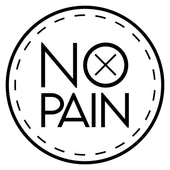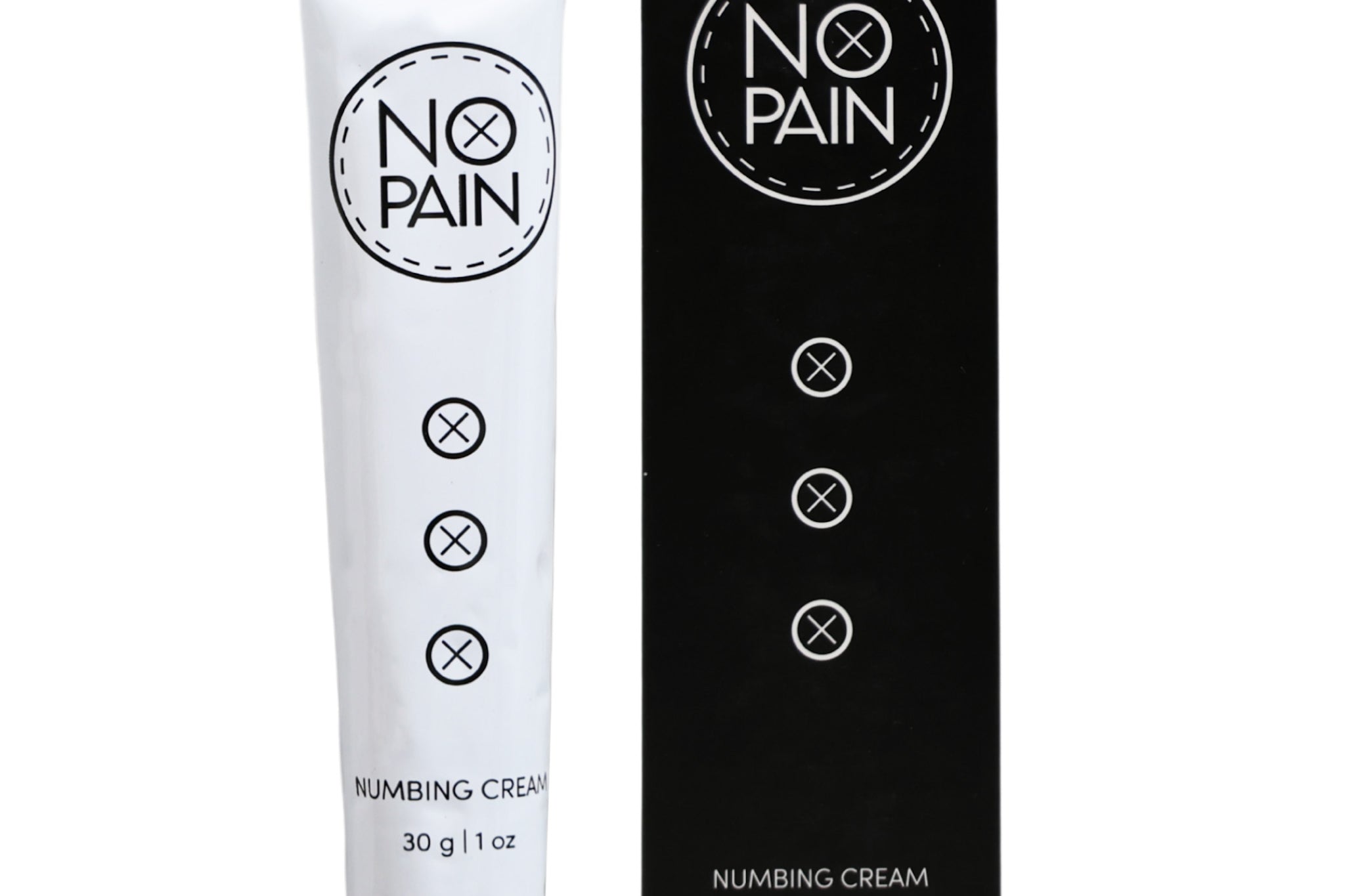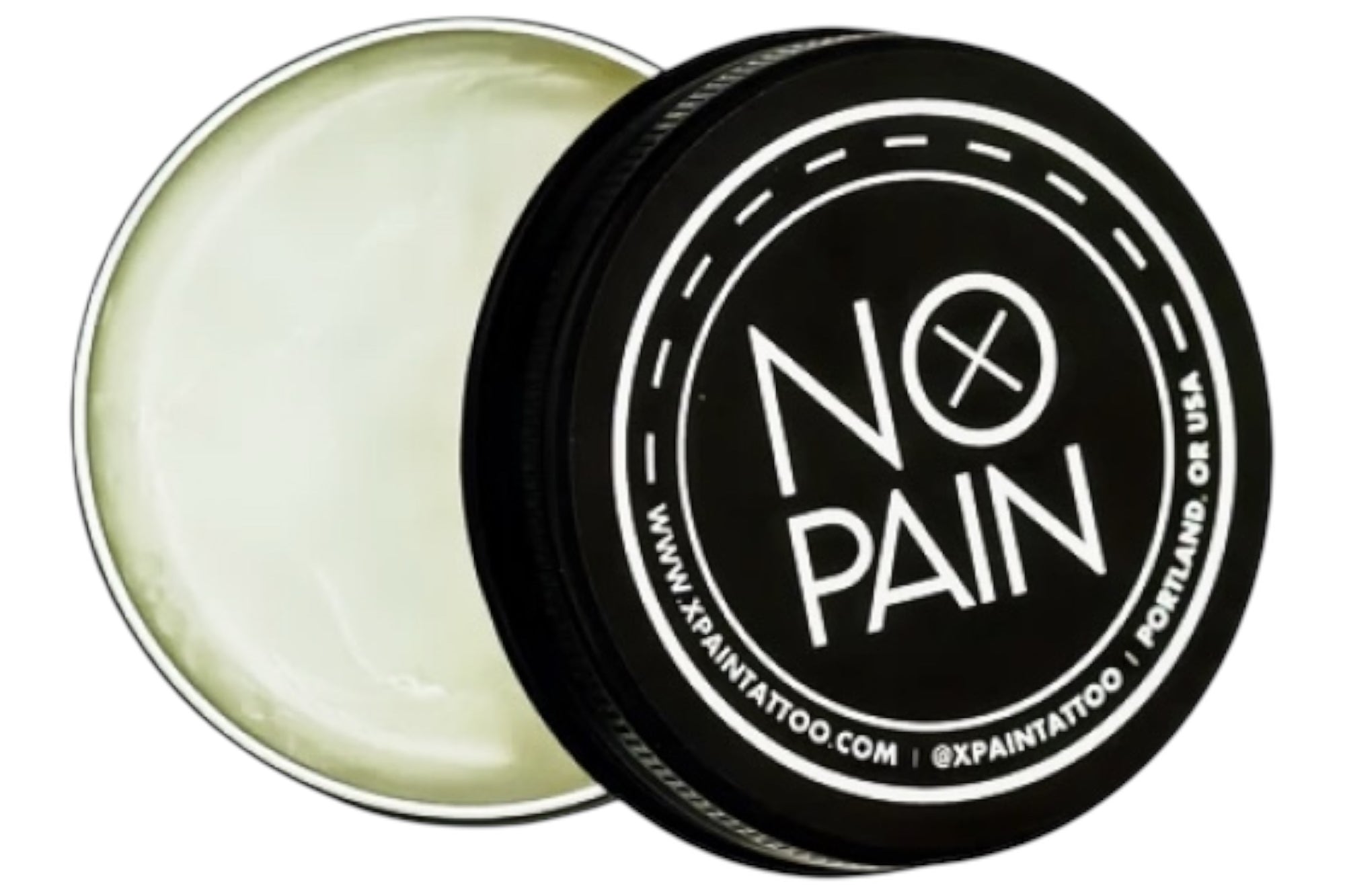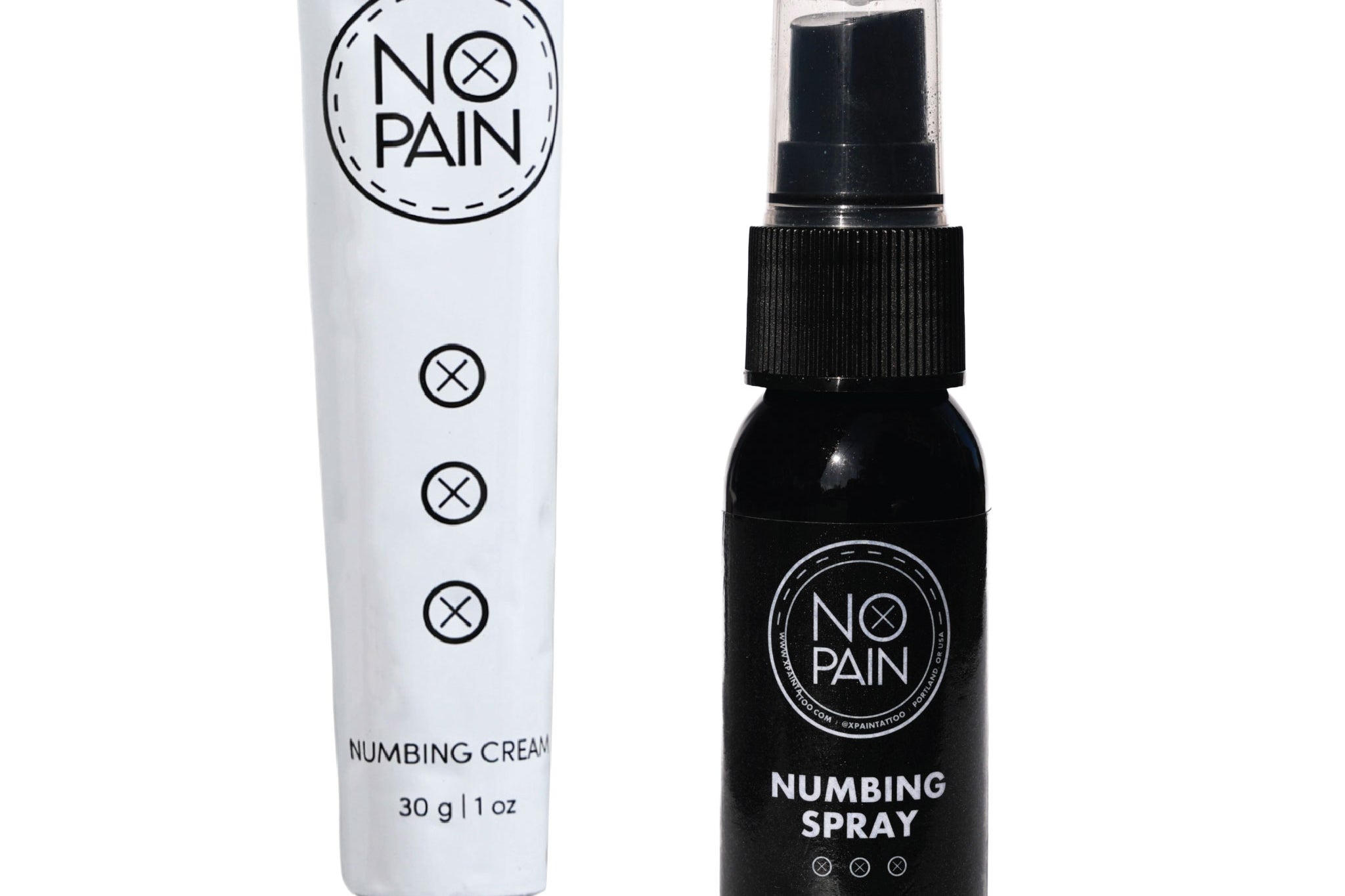You're in a tattoo consultation, discussing a large, flowing piece like a sleeve or a back piece. Your artist mentions that for this to work perfectly with your body, they'd like to do it "freehand." For a client who is used to seeing a perfect purple stencil before the needle starts, this can be a nerve-wracking concept.
What is a freehand tattoo? How does it work? And is it the right choice for you? Understanding this highly artistic and collaborative process is key to getting a truly one-of-a-kind masterpiece.
What Does "Freehand" Tattooing Mean?
A freehand tattoo is exactly what it sounds like: the artist draws the design directly onto your skin with sterile markers, and then tattoos over that drawing. This method completely bypasses the use of a traditional printed stencil. The artist uses your body's unique curves, muscles, and form as their guide, creating a design that is literally made for you and you alone.
The Freehand Process: An Act of Trust
-
The Marker Sketch: After cleaning and preparing your skin, the artist will use a set of sterile markers to sketch the main elements of the design directly onto your body. This can be a long process, sometimes taking an hour or more, as they perfect the flow and composition.
-
Your Approval: You will have a chance to look at the marker drawing in a mirror and approve the final design and placement.
-
The Tattoo: Once you've approved the drawing, the artist will begin the tattoo, using their marker sketch as their guide instead of a purple stencil.
The #1 Benefit of Freehand: Perfect Anatomical Flow
The primary reason to get a freehand tattoo is to achieve a perfect, dynamic flow with your body.
-
Why it's better than a stencil: A stencil is a flat, two-dimensional image that is pressed onto a three-dimensional surface. It doesn't always account for the unique way your muscles curve or your body moves.
-
The Freehand Advantage: When an artist draws directly on you, they can design a tattoo that perfectly wraps your forearm, flows over your shoulder blade, or follows the curve of your hip in a way that is completely organic and natural. This is the ultimate secret to how to make a tattoo sleeve flow seamlessly.
What Styles are Best for Freehand?
This technique is best suited for organic, flowing designs. It's perfect for:
-
Japanese traditional backgrounds (wind and water)
-
Floral and botanical sleeves
-
Biomechanical tattoos
-
Abstract and flowing blackwork
It is generally not used for designs that require perfect, mathematical symmetry, like a complex mandala.
The Commitment: Trust, Pain, and Aftercare
-
You Must Trust Your Artist: A freehand tattoo is the ultimate act of trust. You must find a tattoo artist who is a true master of this technique and whose style you love.
-
The Sessions Can Be Long: The drawing and tattooing process can be lengthy. How bad do tattoos hurt during a freehand session? It requires a lot of endurance. A smart pain management plan using our No Pain Tattoo Numbing Cream is a great way to ensure you can sit still for the meticulous process.
-
Protect Your One-of-a-Kind Art: A custom piece this unique deserves a flawless heal. A professional tattoo aftercare routine with our No Pain Tattoo Aftercare Bundle is the best way to protect your investment.
The Verdict: A freehand tattoo is the pinnacle of custom body art. It's a true collaboration between you and a master artist. By trusting in their skill, you can get a breathtaking piece that is more than just a tattoo—it's a second skin, created just for you.



